Welcome to Briar’s daily journal. This is where Briar writes about everything she learns daily, mostly for her own personal record. Never stop learning ♥
02/21/2025
Today was the first day of the Marbleseed convention!!
You know it’s going to be a good post when it took a good 4-5 long swipes to get to the bottom of my notes list on my phone. I learned way too much today, and a good majority of it requires additional research on my part, so we shall see how this goes.
Key Note Speaker
- 7/8 species aren’t named yet.
-Termites have microbes that are unculturable. These microbes need the termites and vice versa. It’s super cool! Not to mention even the microbes have smaller organisms that they need in order to move.
-In the US, domesticated dogs have more collective body mass than all the wild animals combined.
-In a round-a-bout way you could claim that yeast domesticated humans. The yeast never changed, but we changed for the yeast. I thought it was a funny thought. After it was thrown around people started calling yeast aliens and I think that’s where they lost me. XD
Conversations
-Most foraging is illegal in Wisconsin. When I heard about this I thought it was crazy. Sure enough I looked it up. It is called legal but there are several restrictions such as the fact that you are restricted from gathering any seeds, leaves, stems, or roots… so just flowers I guess?
-Paper transplant pots were invented about 30 years ago in Japan. These things are super satisfying to watch get planted in the ground. I learned from some of the second-year students that we’ll get a chance to try out using this machine next year!
-A few vendors were giving away FREE seeds! And not just any seeds… weird awesome organic seeds! They had a packet of Romenesco cauliflower and I nearly screamed with joy! It has been one of my long desired dreams to grow romenesco. Look how beautiful it is!
Winter Storage
I went to a session on winter storage. The speaker has a farm in Alaska but he doesn’t sell any plants during Summer. Summer is when he grows everything and then he stores it all for winter and sells it throughout the cold months.
-Storage crops aren’t as labor intensive. The work is spread evenly throughout the year. In the summer you focus on growing and in the winter you focus on selling.
-Sunchoke is a wild native sunflower that can be grown for winter storage.
-When choosing varieties for winter storage pick packets that have a longer maturity.
-Onions that contain more scales will store for longer.
- “Corking stems” refers to when the stems of squash plants get woody and start developing cracks. This indicates ripeness but it doesn’t always occur when the plant is grown in colder climates. That’s why it’s important to look for other signs that determine a squash’s maturity. For example, look for the waxy rind or the trichomes(tiny hairs) falling off.
-Small leaves at the top of the kale plants will store for much longer than the fully mature leaves at the bottom of the plant.
-Your quality will never improve after storage, so only keep what isn’t already rotten. Otherwise you risk major spoilage.
-Potatoes are highly susceptible to frost damage.
-50 degrees and 32 degrees are the two most important temperatures for cold storage. Once your weather averages 50 degrees you should start the harvesting process. After you’re in the 50 degree range you have until 32 degrees before major damage will start to occur.
-An undercutter tool saves time and effort for harvesting root crops.
-Remove any excess tops/roots when preparing your plants for storage. Each plant likes something slightly different so keep that in mind.
-Veggies should be chilled down to proper temperature in well ventilated bins.
-The reason you cure root vegetables is because that holds in moisture and keeps pathogens out.
-To wash veggies before storage give them a rinse in a barrel washer. These things are super cool!
-Those giant cardboard boxes are called Gaylord bins.
-If potatoes were left outside too long and started developing extra sugars they will turn brown/black when they’re fried instead of a nice yellowy color.
-A great idea for people who live somewhere cold is to pull freezing air from outside to inside.
-Desiccation means the removal of moisture.
Seeds and Breeds Discussions Groups
-The Cayuga duck originated in New York in the 19th century. It is a heritage breed that was started from the small flock of ducks that were found in New York. It lays black/gray eggs.
-You can make dynamite or bullet proof vests from hemp.
-Keyline trenches are shallow parallel trenches that are plowed to manage water flow.
-Beaver decievers are tools that allow beavers to dam streams while protecting the water levels.
-White/Purple prairie clover is native to Wisconsin and helps filter out bad toxins.
-Germander is a plant that can filter out even more extreme toxins.
-During the Boomer generation half of all the forests in the world were cut down.
-Buckthorns prevent amphibians from reproducing.
-Mangroves are useful for baby shark nurseries!
-My professor, Val claims to have been the first person to ever put cranberries in cheese. The internet says that some other cheese company did it 1996, but I’ve heard stories that my professor did it several years before that.
-In the Czech Republic once there was a $1.2 million government project that had been in the works for years to build a dam. The beavers decided to build one for them in just a couple days!
More Conversations
-Woolets. These are ny new favorite thing. I’ve never heard of anything like this before and I am obsessed!
Basically these sheep farmers take their raw wool and compress it in a pellet machine. The pellets go in the ground by your plant roots and the wool sucks up and retains moisture which keeps your plant roots happier for longer.
-Wool is great for aphid prevention.
-Wild grape roots are used in vineyards because they grow so quickly and so tall. The wine grapes are grafted onto the wild roots. This also helps grape growers to prevent a disease that goes after the European grape variety.
-There’s a plant called the ketchup-and-fries plant! It is a tomato grafted onto a potato.
-A hushpuppy is a fried ball of cornmeal batter. They supposedly got their name because they were fried to keep dogs quiet from begging for tablefood.
-During dinner someone mentioned how apples were coated in Xamthan gum. I disagreed and stated that I knew for a fact that apples were coated with shellac from the shellac beetle. It became this back and forth battle of knowledge until we looked it up and learned that everyone was correct. That was pretty funny.
-One of the girls on the trip is the groundnut queen. I think she talked for a total of a couple hours about groundnuts today and I don’t have nearly enough time to share everything I learned about them. Long story short, they are a native tuber that is the future of sustainable agriculture. My classmate is currently working towards being able to grow groundnuts as a crop. I love her enthusiasm about the plant. Somehow she manages to turn every conversation into one about groundnuts.
-Lastly, the car discussion on the way back was all about the difference between stabbing and impaling. To clear things up, stabbing is thrusting a sharp object into something that may or may not become embedded. Impaling is thrusting a sharp object completely through something. Now you know in case you were confused.
-Briar Albaugh




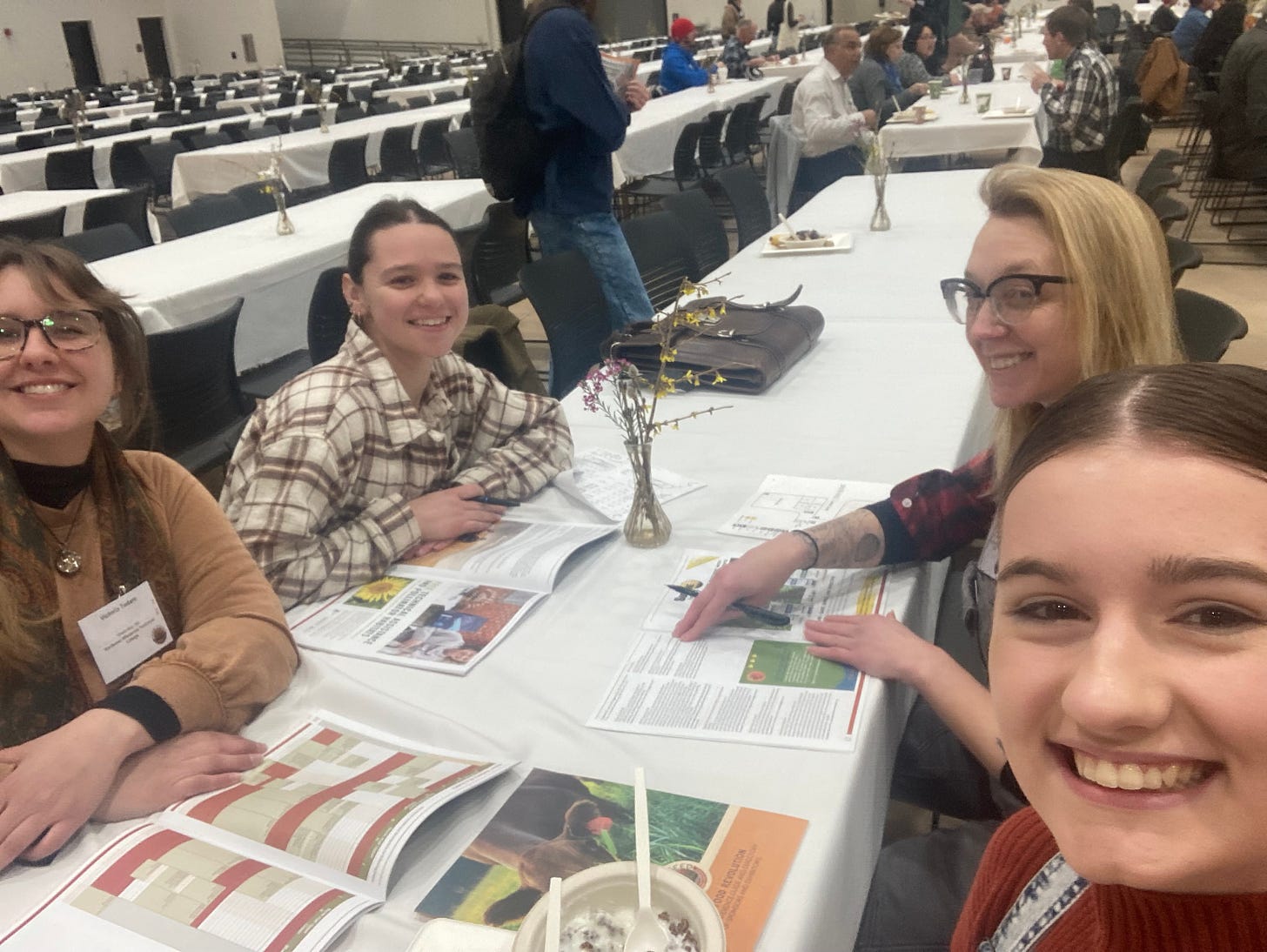
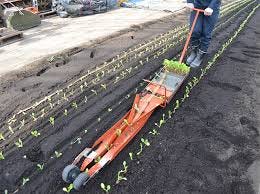
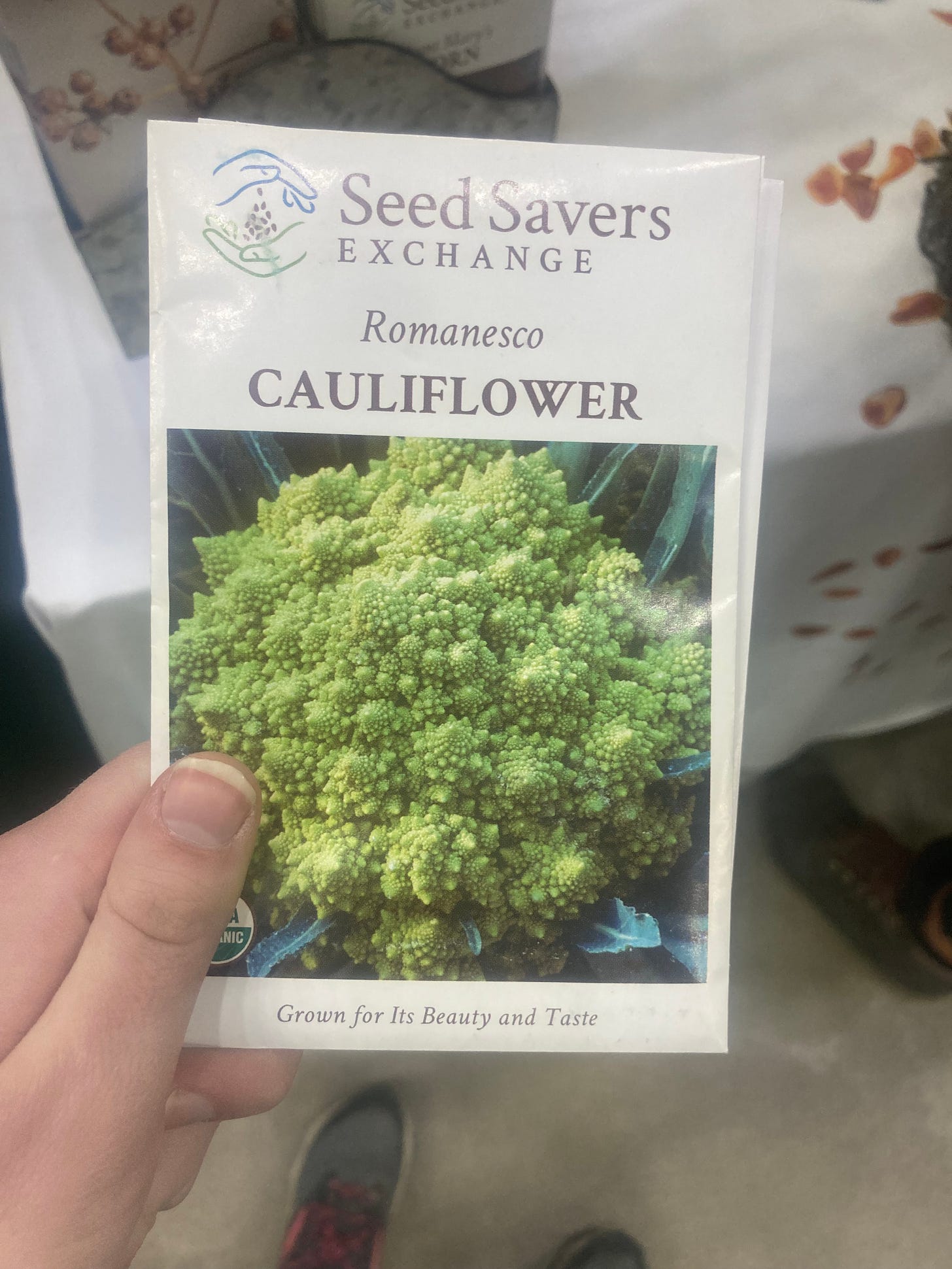
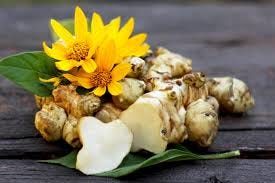
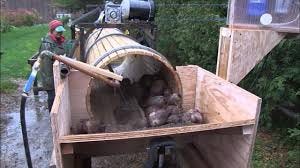
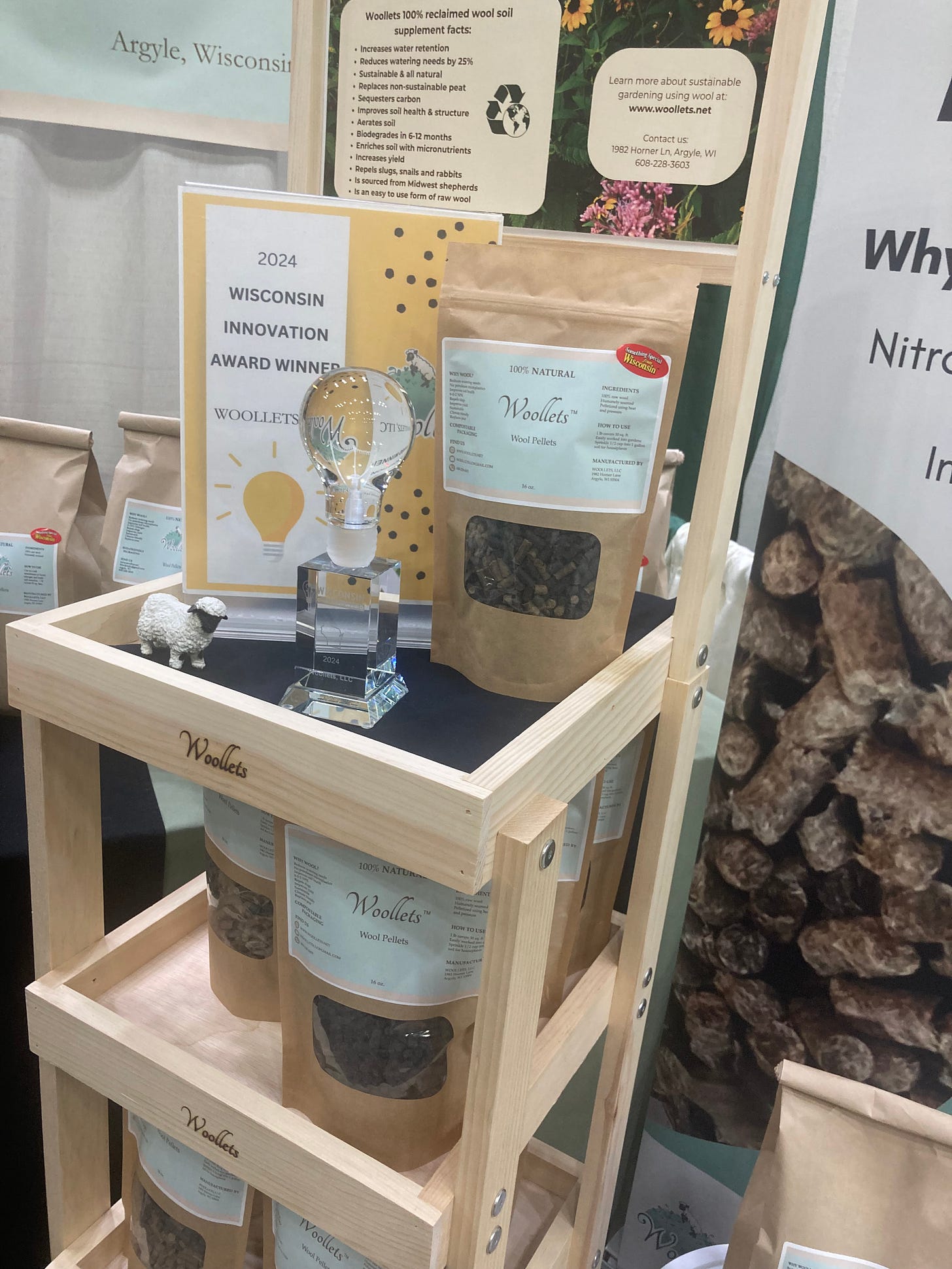

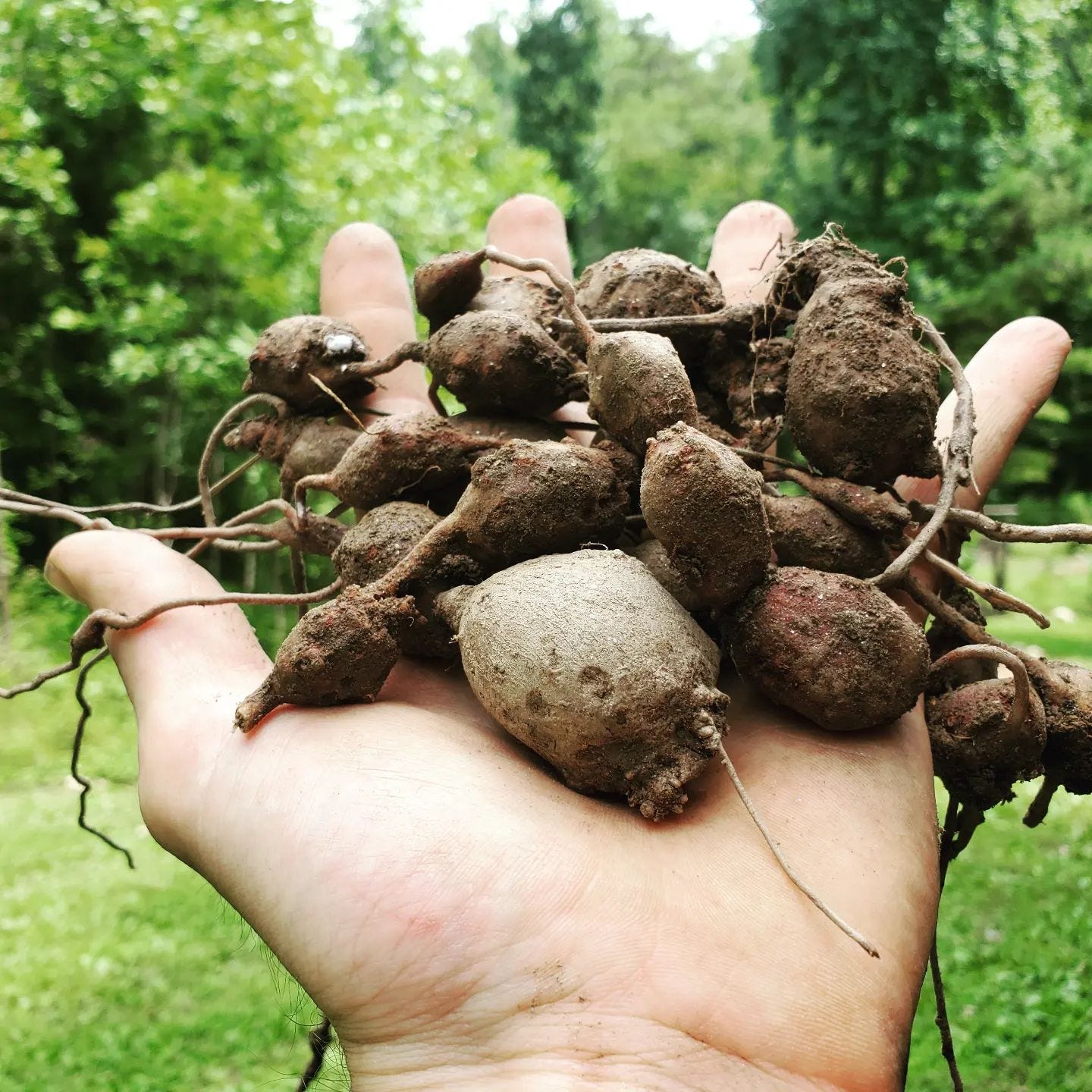
In Wisconsin you can also forage fruit, even in state parks!
What's your favorite thing about Romanesco? (I've never heard about it before)